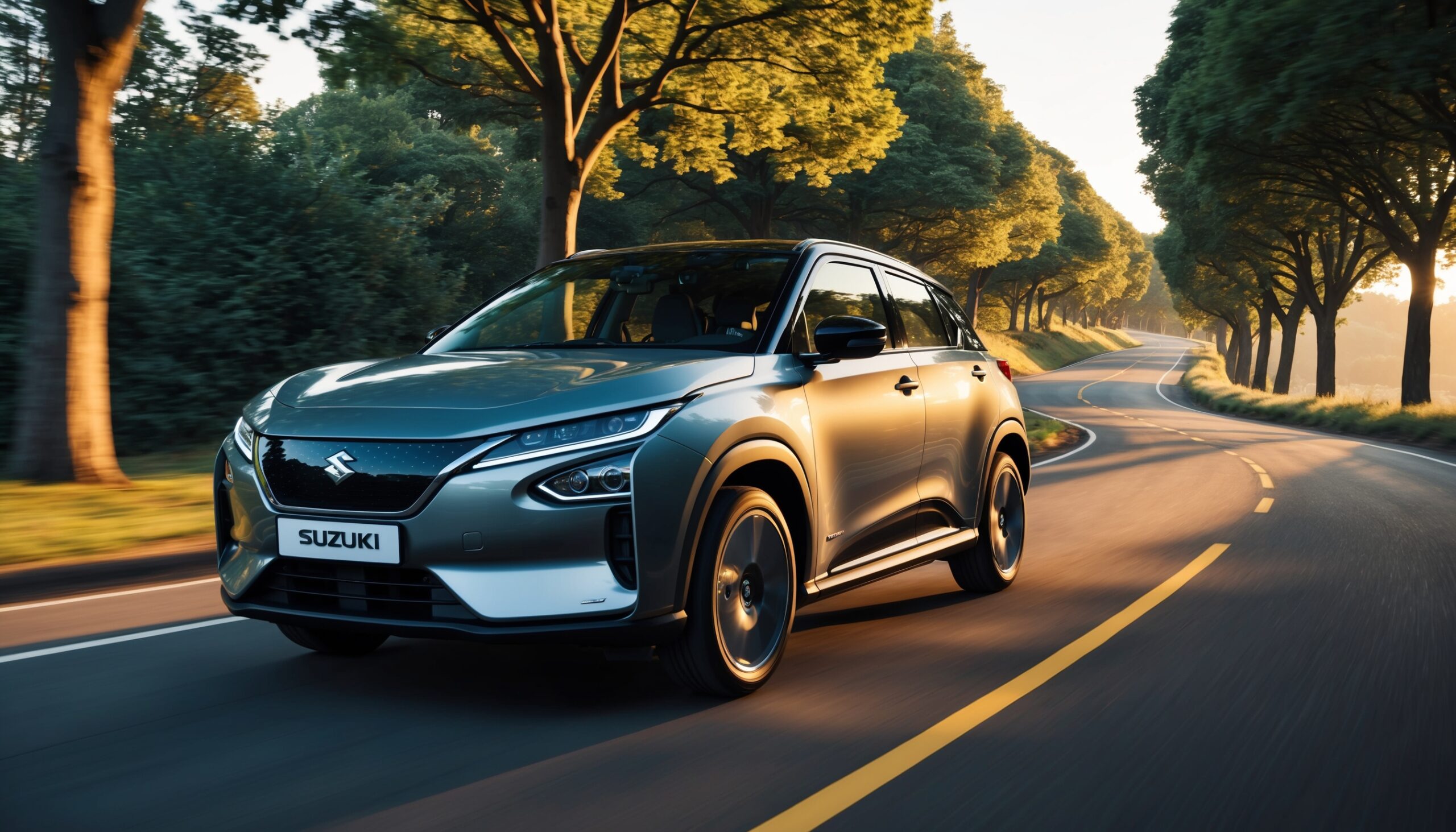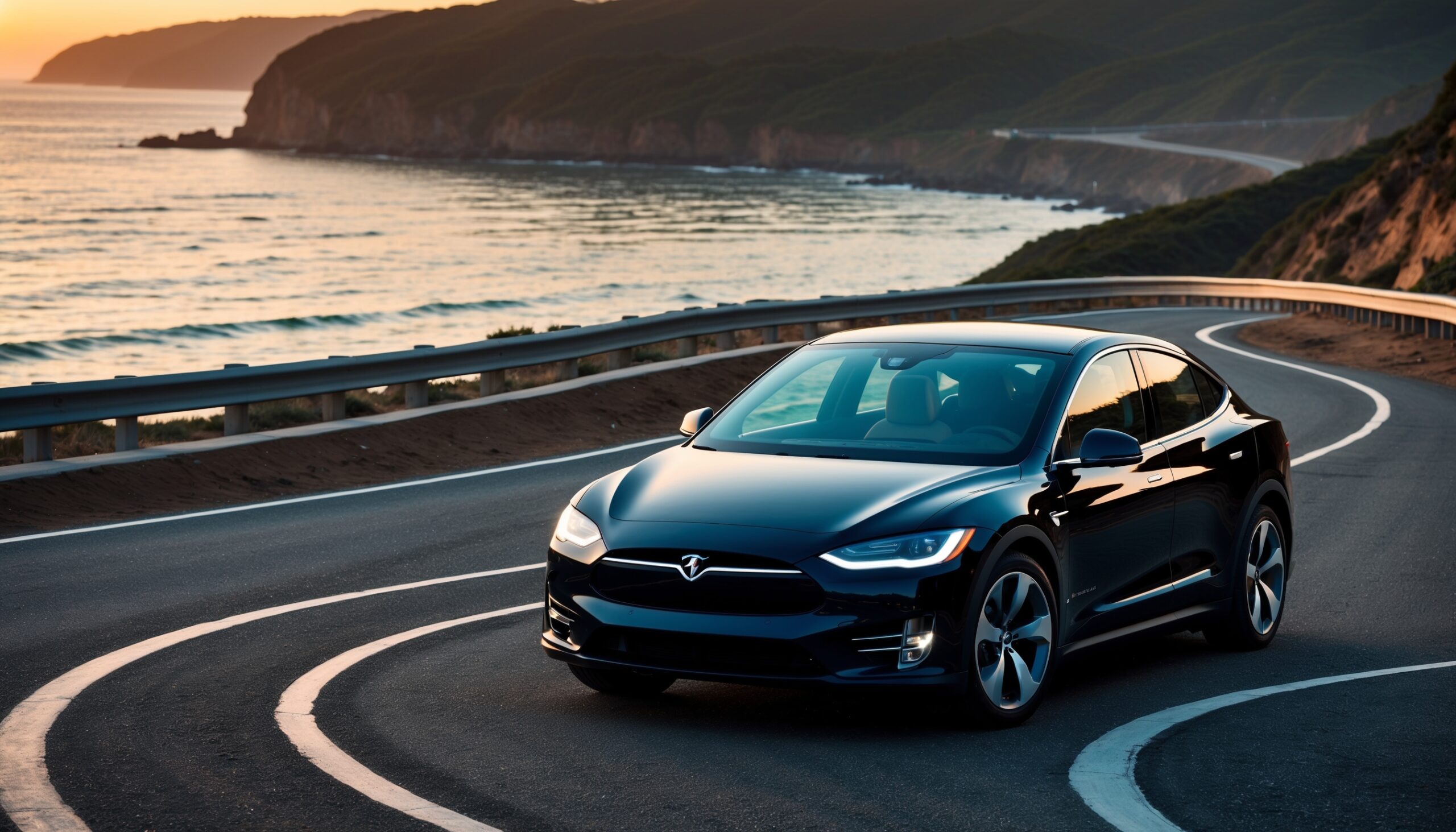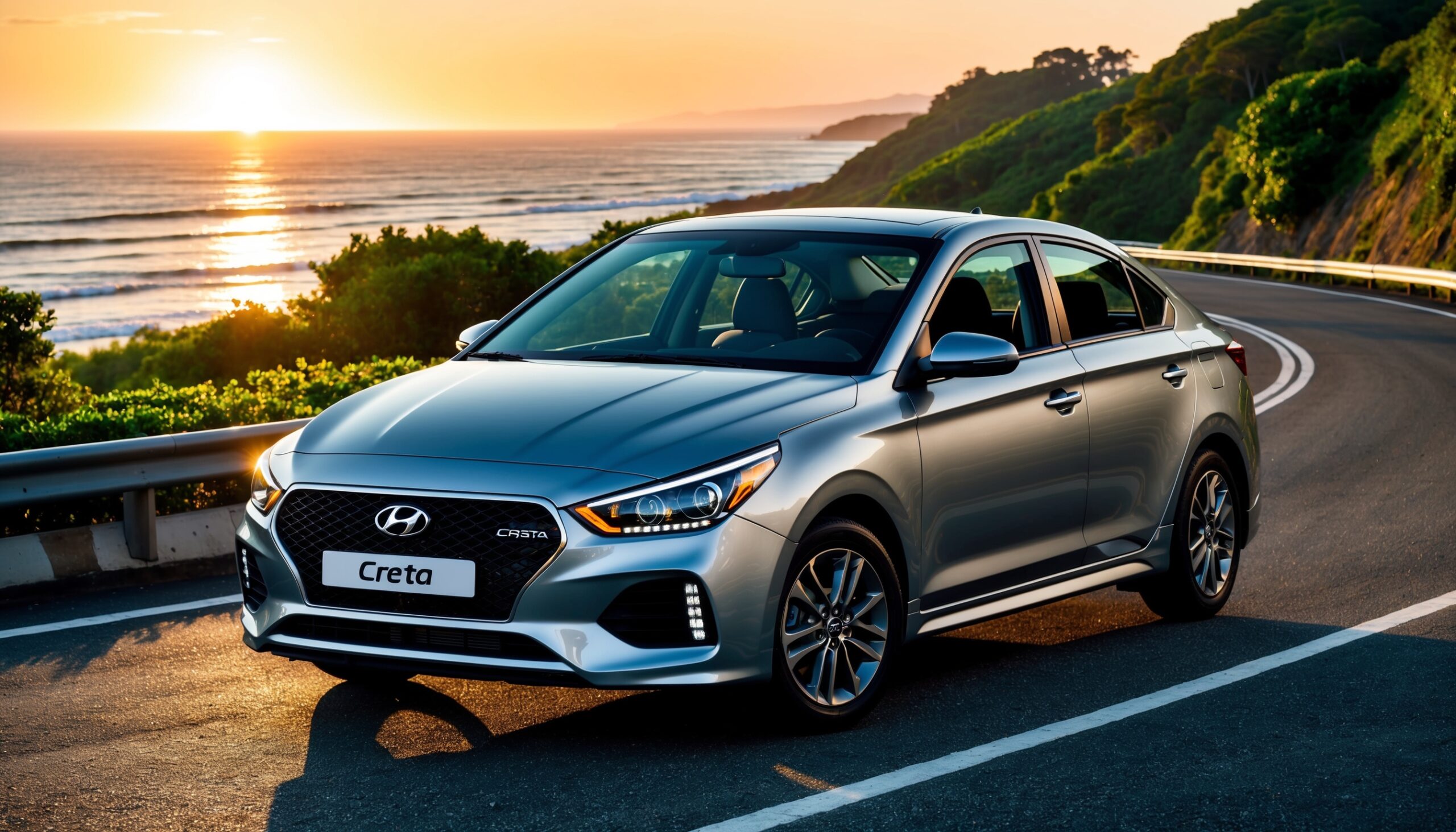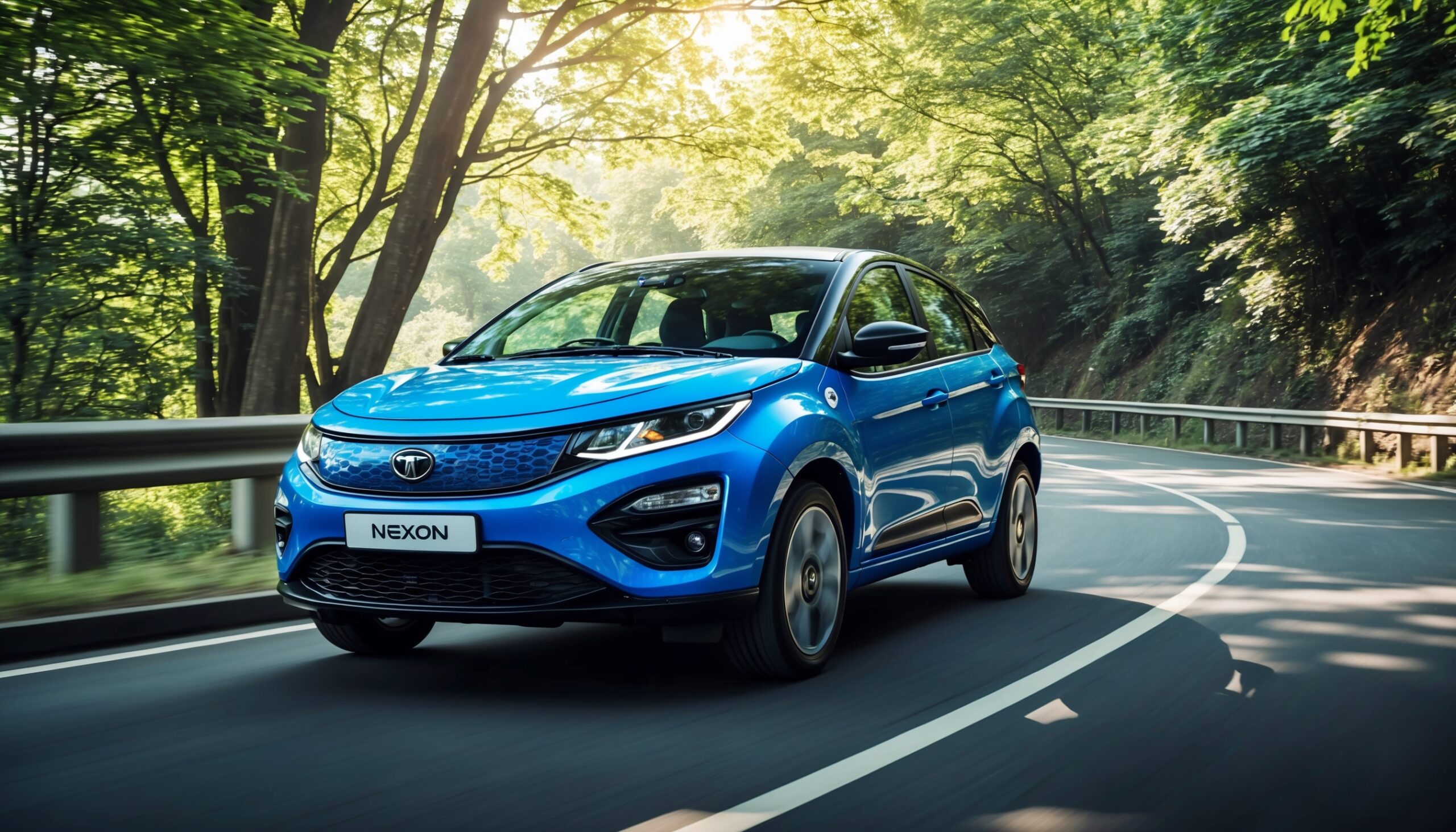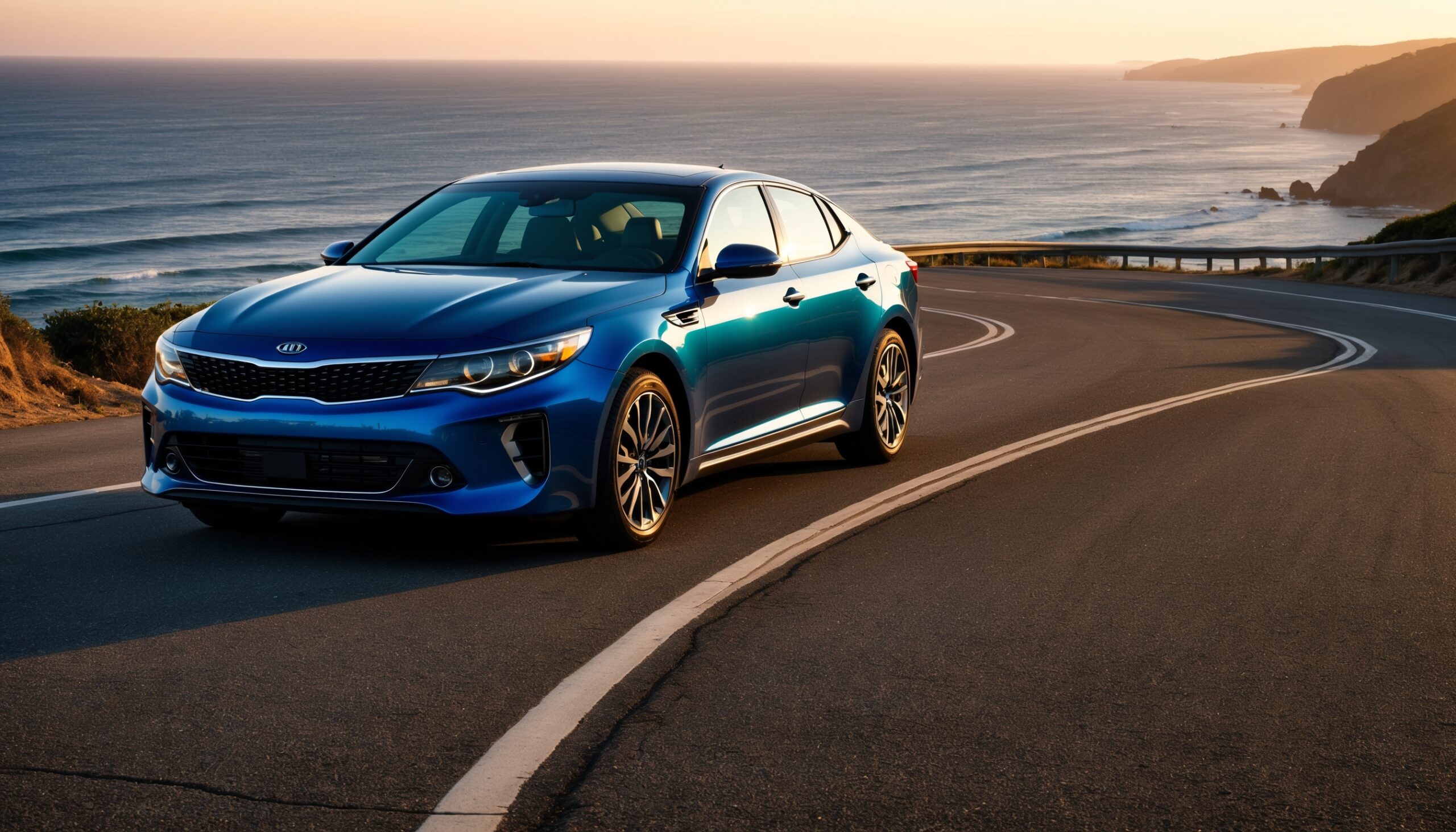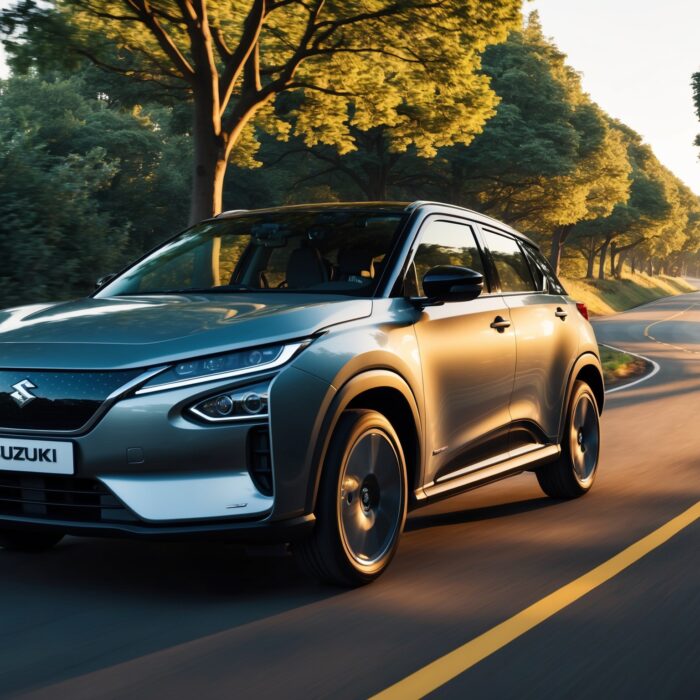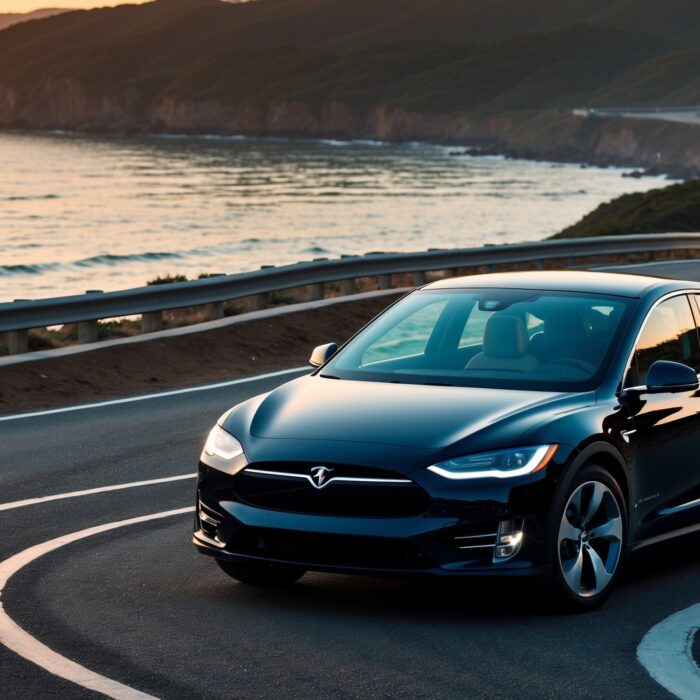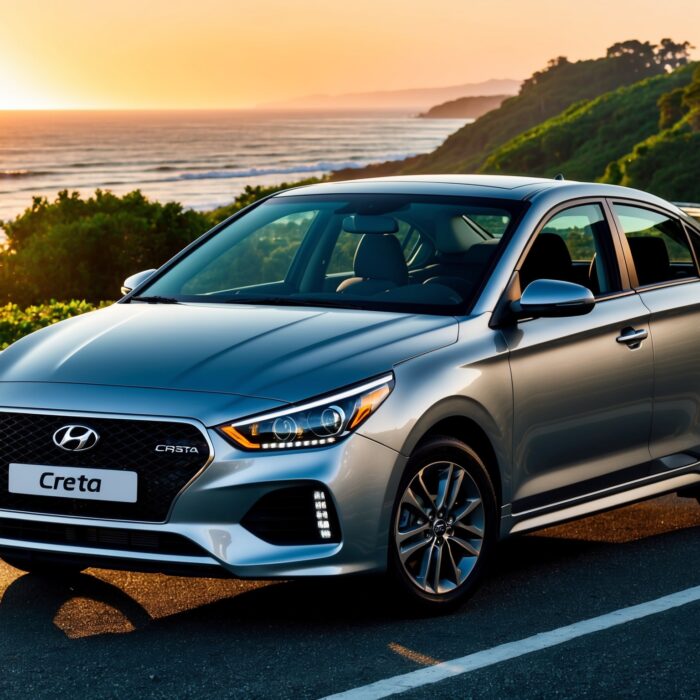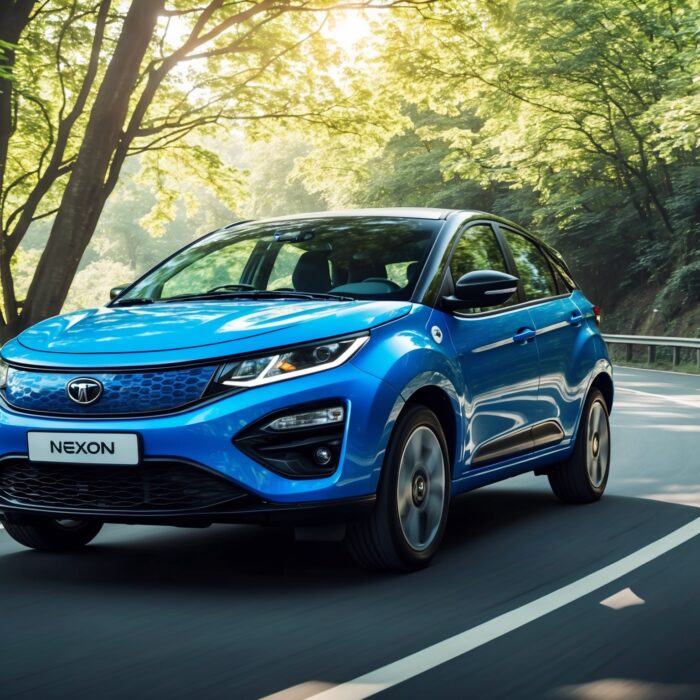Introduction
As car enthusiasts, we understand the passion that fuels our love for automobiles. From the roar of a V8 engine to the sleek curves of a sports car, there’s something innately thrilling about the world of cars. However, a significant shift is on the horizon that could change the landscape of the automotive industry as we know it. Recent updates in emissions regulations are set to reshape the U.S. car market, impacting everything from the types of vehicles manufacturers produce to the choices available for consumers.
In this extensive article brought to you by Torque Feed, we will dive deep into the new emissions regulations, their implications for car manufacturers and buyers alike, and how these changes could redefine the future of driving in America. Buckle up as we navigate through the intricate details of these regulations and their potential effects on the automotive world!
Understanding Emissions Regulations
Emissions regulations are legal standards that set limits on the amount of pollutants that vehicles can emit into the atmosphere. These standards are crucial for protecting the environment and public health, as they aim to reduce harmful substances generated by internal combustion engines. Over the years, governments around the world have adopted increasingly stringent emissions standards in response to growing concerns over air quality and climate change.
The Evolution of Emissions Regulations in the U.S.
The history of emissions regulations in the United States dates back to the 1960s. The Clean Air Act of 1963 marked the beginning of federal efforts to control air pollution, which paved the way for more specific regulations on automobile emissions. Since then, the Environmental Protection Agency (EPA) has played a critical role in establishing and enforcing these standards.
- 1970s: The EPA introduced the first federal emissions standards for cars, which aimed to reduce carbon monoxide, nitrogen oxides, and hydrocarbons.
- 1990s: The introduction of the Clean Air Act Amendments led to stricter regulations, including the requirement for catalytic converters in vehicles.
- 2000s: California’s stricter standards influenced national regulations, leading to the establishment of the Tier 2 emissions standards.
- 2010s: The EPA’s Tier 3 standards were introduced, which further reduced permissible levels of pollutants.
The Latest Changes in Emissions Regulations
In 2023, the Biden administration proposed a new set of emissions regulations that aim to significantly reduce greenhouse gas emissions from light-duty vehicles by 2026. The goal is to achieve a 50% reduction in emissions compared to 2020 levels. This ambitious plan is part of a broader strategy to combat climate change and promote cleaner air.
Key Features of the New Regulations
- Stricter Emissions Standards: The new regulations will impose tougher limits on carbon dioxide (CO2) emissions, which will require manufacturers to invest in advanced technologies and cleaner alternatives.
- Increased Electric Vehicle (EV) Targets: A significant push towards electric vehicles is at the forefront of these regulations, with specific targets set for EV production and sales.
- Incentives for Clean Technology: The government plans to offer incentives for manufacturers who adopt cleaner technologies and produce zero-emission vehicles.
- Collaboration with States: The federal government will work alongside states to ensure a cohesive approach to emissions reduction, with California leading the charge in setting stricter standards.
The Impact on Car Manufacturers
For car manufacturers, these new emissions regulations represent both challenges and opportunities. The shift towards stricter standards necessitates a reevaluation of production processes, research and development investments, and overall business strategies.
Challenges Facing Automakers
One of the primary challenges for automakers is the financial burden associated with complying with new regulations. Adapting production lines to accommodate electric vehicles requires significant investment, and not all manufacturers are equally equipped to make this transition.
- Research and Development Costs: Developing new technologies to meet emissions standards can be expensive and time-consuming.
- Market Competition: As more manufacturers pivot towards EVs, competition will intensify, making it essential for companies to differentiate their offerings.
- Supply Chain Issues: The transition to electric vehicles may face obstacles related to battery production and sourcing of materials like lithium and cobalt.
Opportunities for Growth
Despite the challenges, these new regulations also present unique opportunities for manufacturers willing to innovate and adapt. With the rising demand for cleaner vehicles, companies can position themselves as leaders in sustainability.
- Increased Demand for EVs: The push for electric vehicles will likely lead to a surge in consumer interest, providing manufacturers with a chance to capture new markets.
- Government Incentives: Financial incentives from the government can help offset the costs of transitioning to cleaner technologies.
- Brand Loyalty and Reputation: Companies that prioritize sustainability may enhance their brand reputation and customer loyalty.
How These Regulations Will Affect Consumers

As the U.S. car market evolves in response to the new emissions regulations, consumers will see a range of changes that could impact their buying decisions and driving experiences.
Greater Variety of Electric and Hybrid Vehicles
One of the most exciting developments for consumers is the expected increase in the availability of electric and hybrid vehicles. As manufacturers focus on meeting emissions targets, we can anticipate a wider variety of models to choose from, including:
Also Read: Volkswagen Reveals Plans for Affordable $25,000 Electric Hatchback
- Compact EVs: Affordable electric vehicles designed for urban commuting.
- SUVs and Trucks: Electrified options for larger vehicles, catering to consumers who prefer size without sacrificing environmental responsibility.
- Performance EVs: High-performance electric cars that deliver thrilling driving experiences.
Potential Price Increases
While the transition to cleaner vehicles is a positive step for the environment, it may come at a cost for consumers. The initial price of electric vehicles tends to be higher than their gasoline counterparts, primarily due to battery technology and production expenses.
However, it’s essential to consider the long-term savings associated with owning an electric vehicle, including lower fuel costs, reduced maintenance expenses, and potential tax incentives. The overall cost of ownership could balance out over time.
Increased Focus on Sustainability
As awareness of environmental issues grows, many consumers are becoming more conscious of their carbon footprints. The new emissions regulations will likely further influence consumer preferences, leading to:
- More Eco-Friendly Choices: A greater emphasis on purchasing vehicles that align with personal values regarding sustainability.
- Demand for Transparency: Consumers will seek more information about the environmental impact of their vehicles, prompting manufacturers to provide detailed emissions data.
Future Innovations in the Automotive Industry
The drive towards compliance with new emissions regulations is expected to spur a wave of innovation within the automotive industry. As manufacturers invest in research and development, we may witness groundbreaking advancements that redefine our understanding of transportation.
Next-Generation Battery Technology
One of the critical components of electric vehicles is the battery. Innovations in battery technology are essential to improving the range, charging speed, and overall performance of electric vehicles. Potential advancements include:
- Solid-State Batteries: These batteries offer higher energy density and faster charging times compared to traditional lithium-ion batteries.
- Recycling Solutions: Developing efficient recycling methods for EV batteries to reduce waste and lower production costs.
Alternative Fuel Sources
In addition to electric vehicles, manufacturers may explore alternative fuel sources to meet emissions standards. This could lead to:
- Hydrogen Fuel Cells: Vehicles powered by hydrogen fuel cells emit only water vapor, making them an attractive option for zero-emission transportation.
- Biofuels: Utilizing renewable resources to create fuels that reduce overall emissions and reliance on fossil fuels.
Conclusion
The new emissions regulations set to reshape the U.S. car market present a pivotal moment for the automotive industry. As manufacturers adapt to these changes, consumers can look forward to a more diverse array of environmentally friendly vehicles. While challenges exist, the opportunities for innovation and growth are immense. For car enthusiasts, this shift may represent a turning point where the excitement of driving aligns with the imperative of sustainability. Stay tuned to Torque Feed for updates on how these changes will unfold and affect the automotive landscape!
Also Read: BMW Unveils Fully Autonomous Concept Car for Urban Driving

